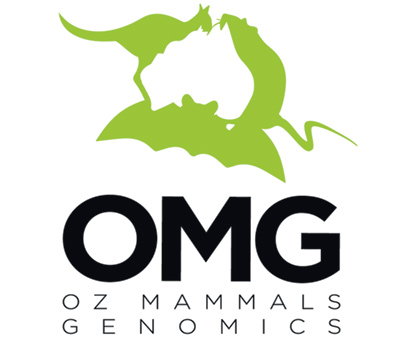Shark Bay mouse conservation genomics
Conservation genomic assessment of wild and reintroduced populations of the Shark Bay mouse
Until a series of reintroductions starting in the 1990’s, the Shark Bay mouse (Pseudomys fieldi, also known as Djoongari) was considered one of Australia’s most geographically restricted mammals, occurring on a single 42 km2 island off the coast of Western Australia. Sub-fossil records show that the species had a wide distribution across much of southern Western Australia, South Australia and central Australia, though apparently became extinct on the mainland by the late 1800’s with the last specimen being collected in Alice Springs in 1895. It is not clear the reasons for the species’ decline on the mainland, but it is hypothesised that both cat predation and the advent of pastoral activity contributed.
There has been previous confusion over the relationship of P. fieldi to the extinct mainland species P. gouldii, with little to distinguish the two species based on skull morphology leading to difficulty in identifying the two species from sub-fossil material.
The only extant populations of P. fieldi are on Bernier Island (wild), Faure and Northwest Islands, and at Mt Gibson sanctuary, with each of the latter translocated populations established or derived from captive bred animals. Given that only a relatively small number of individuals from a single capture location on Bernier Island were used to establish the captive colony, it is likely that the reintroduced populations (and the serial reintroduction to Mt Gibson) have limited genetic diversity relative to the wild Bernier Island population.
We are using ddRAD sequencing to conduct a genomic assessment of the natural and translocated populations of P. fieldi, which is required to understand the current distribution of genetic diversity across the species. Such an assessment will inform management of existing populations and future translocations.
Project coordinator:
- Kym Ottewell (Department of Biodiversity, Conservation and Attractions, WA)
Project collaborators:
- Margaret Byrne (Department of Biodiversity, Conservation and Attractions, WA)
- Saul Cowen (Department of Biodiversity, Conservation and Attractions, WA)
